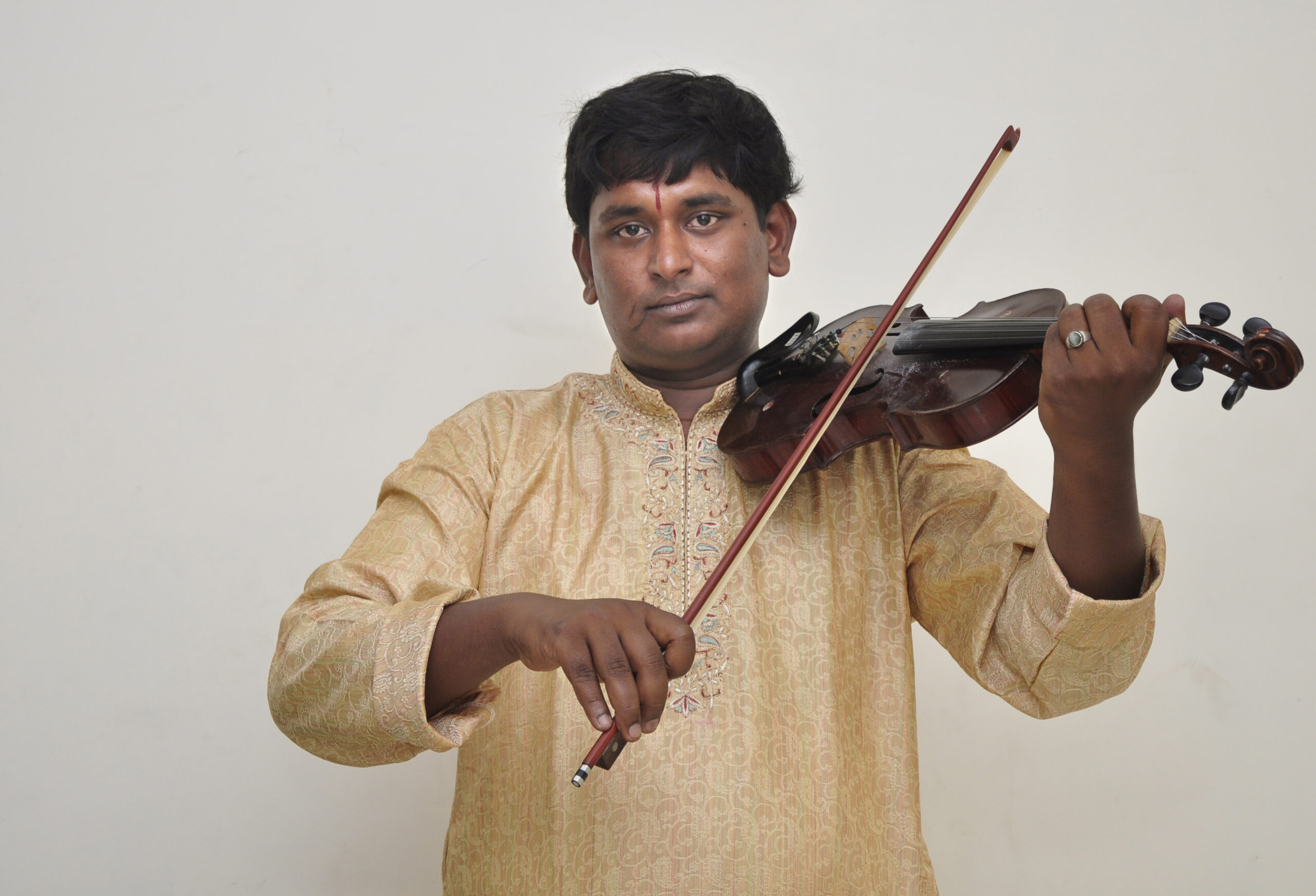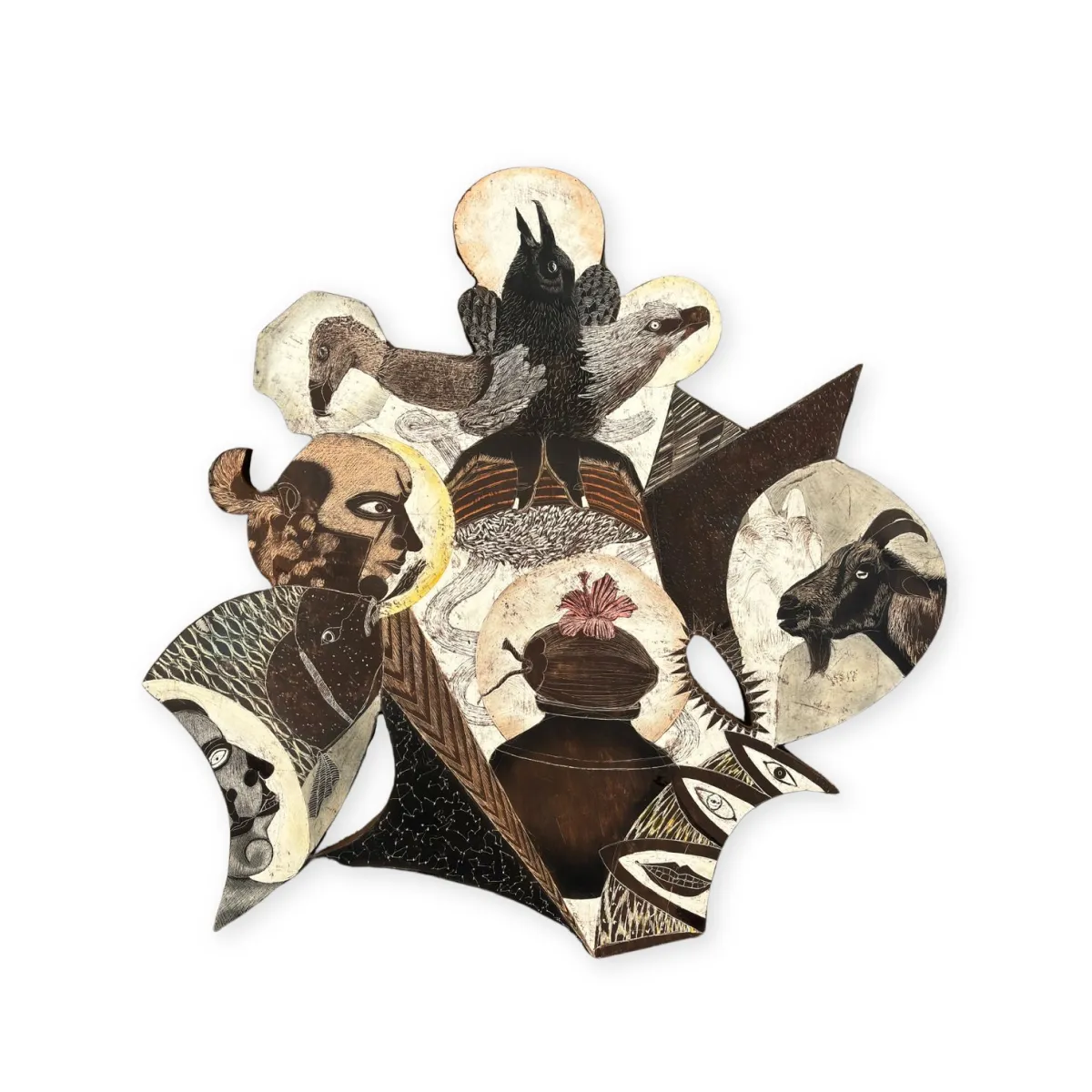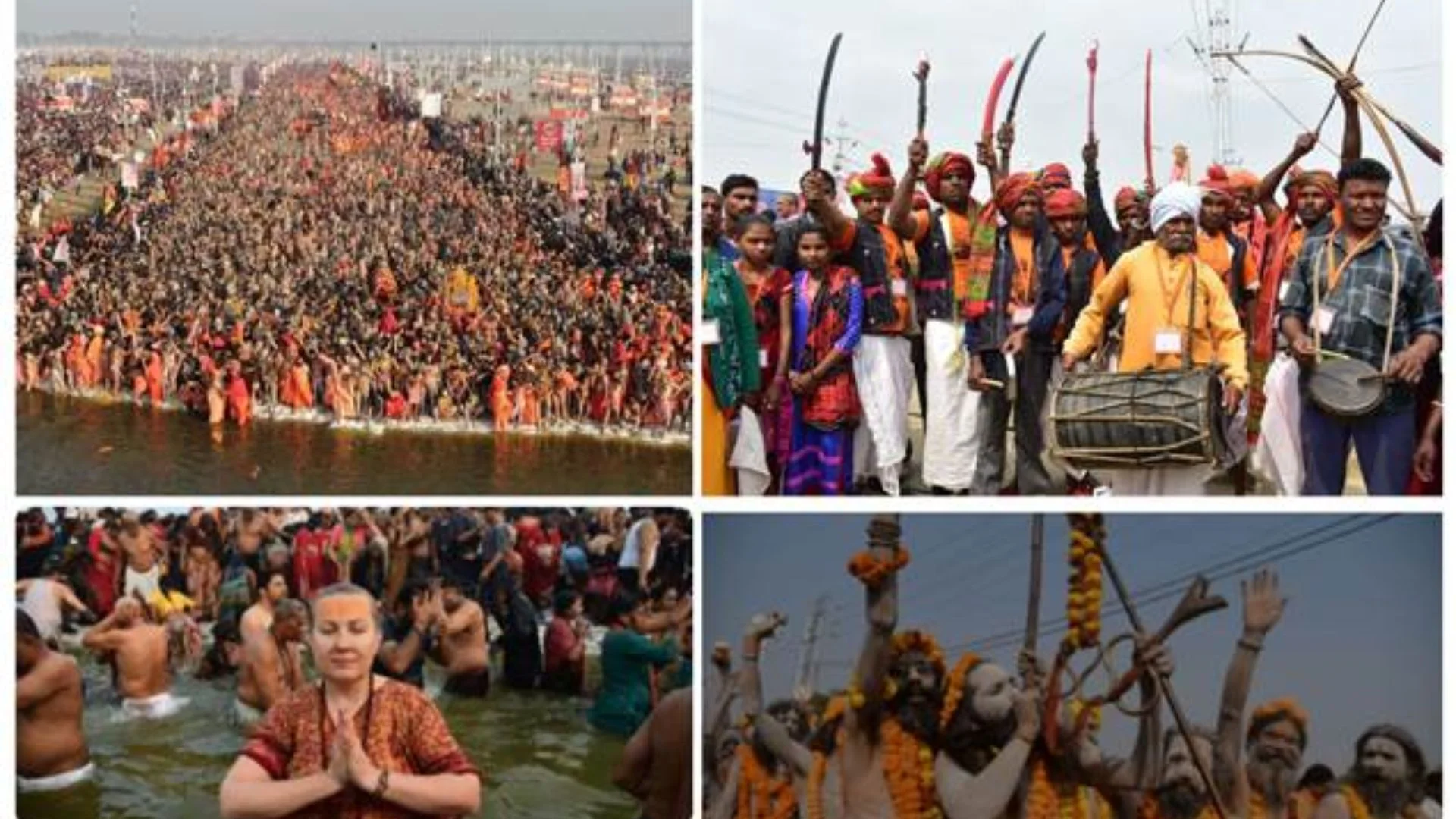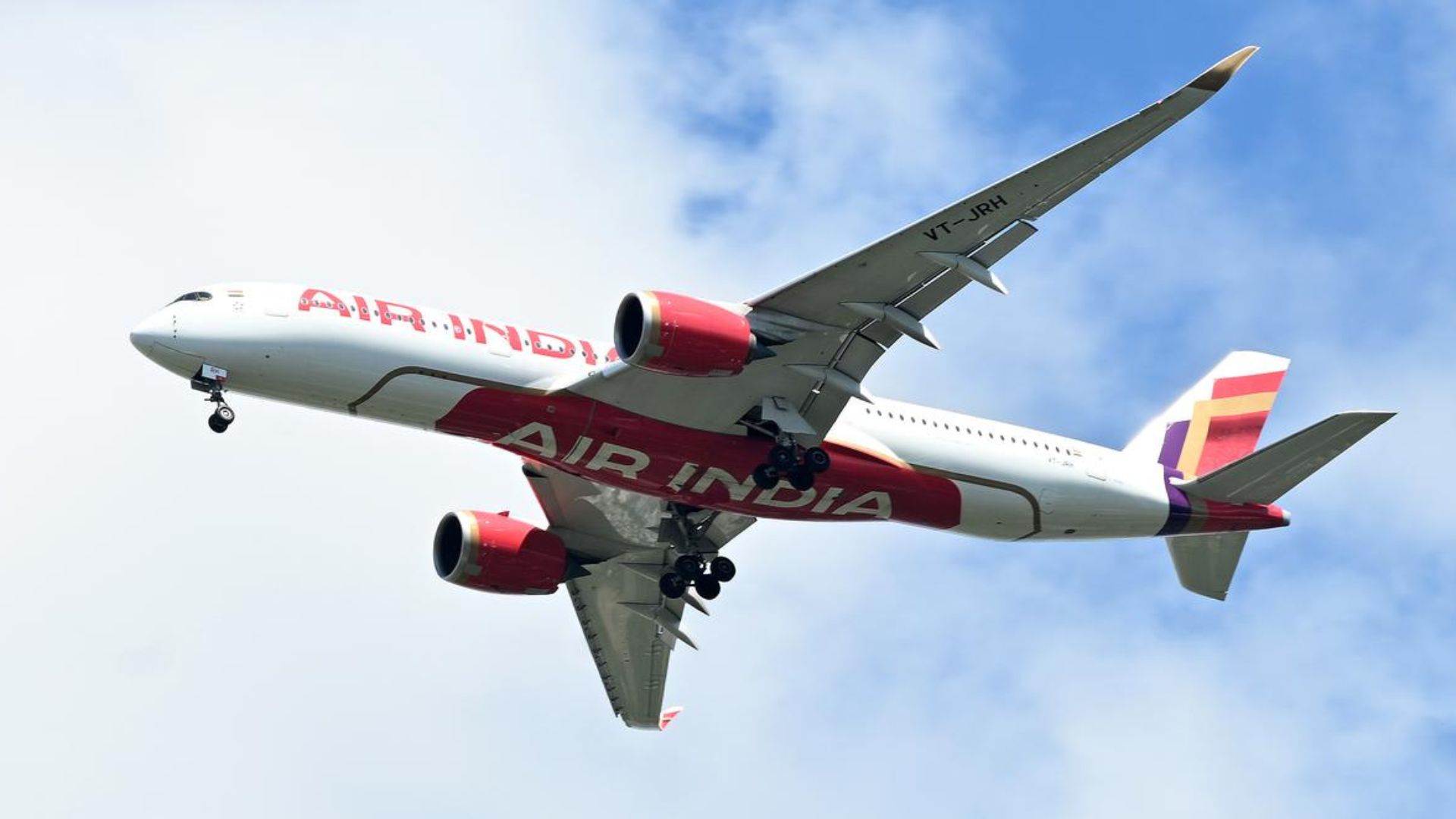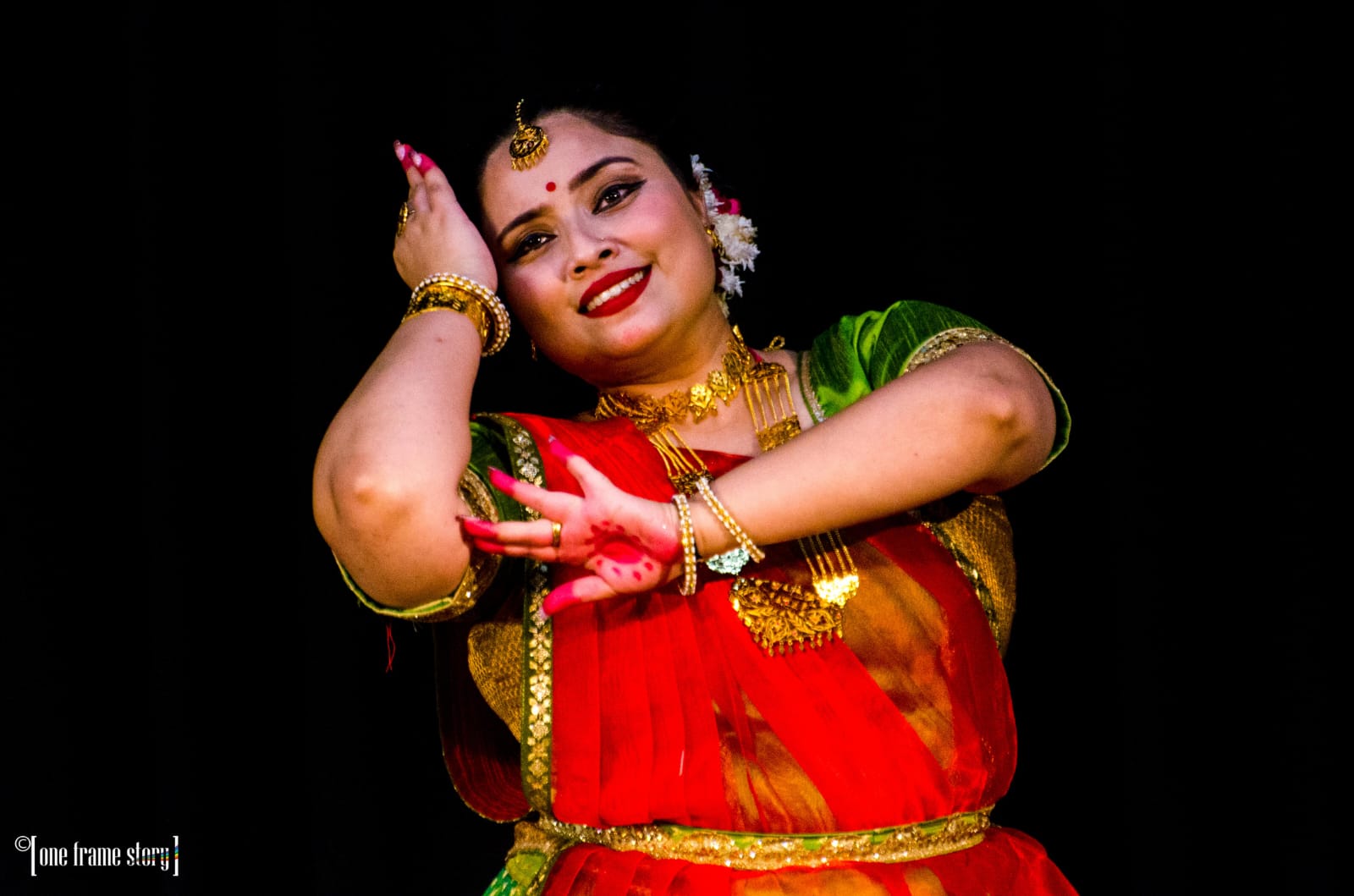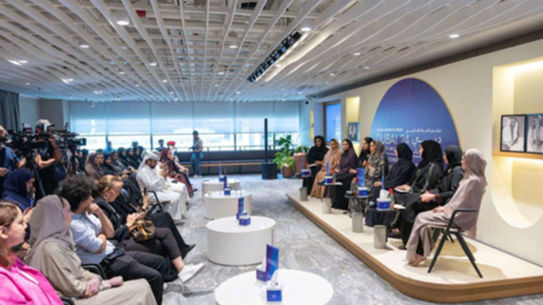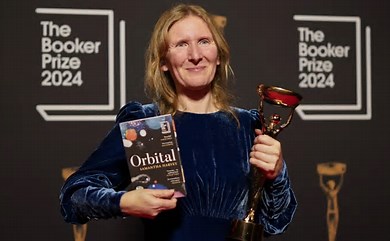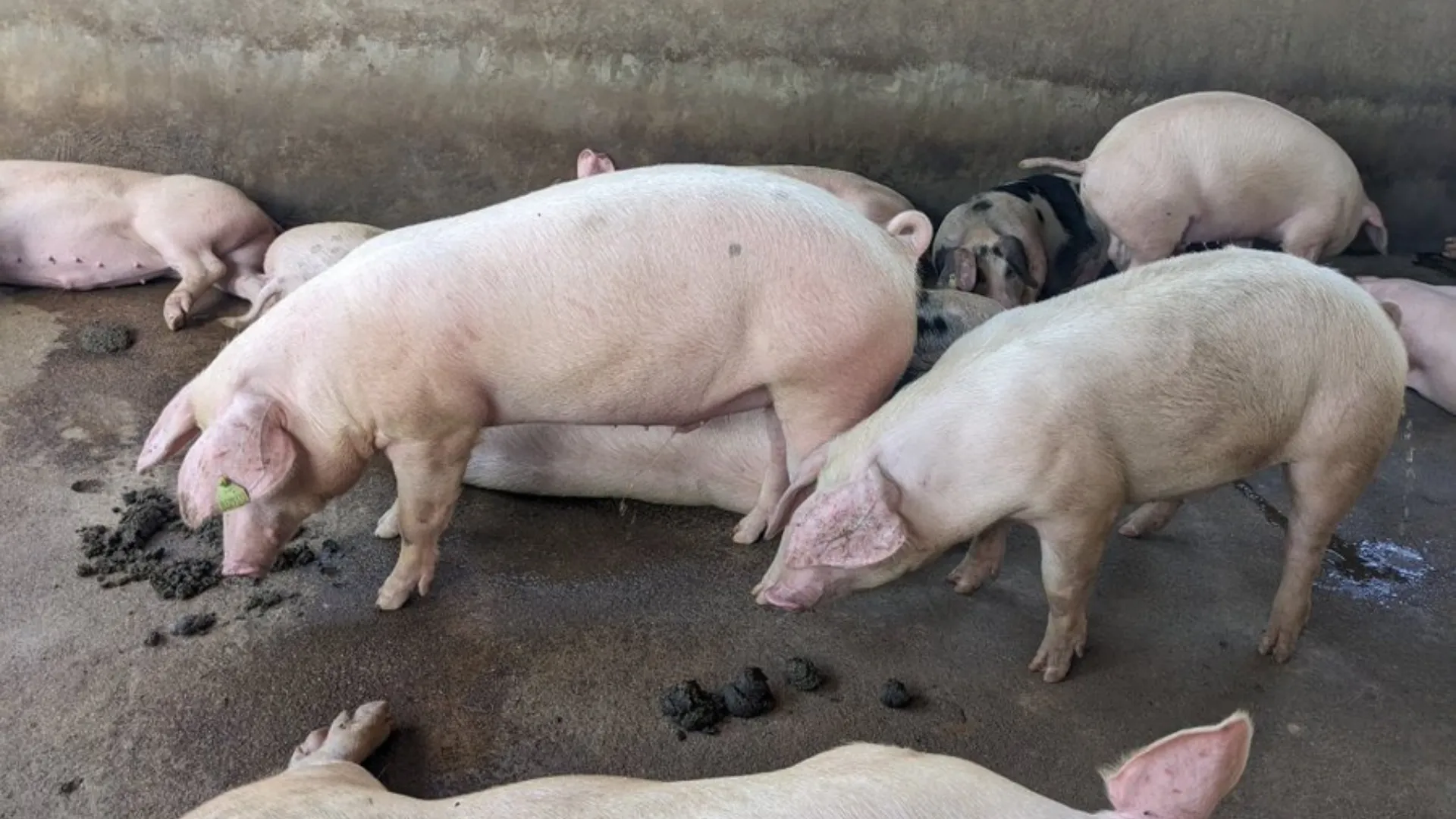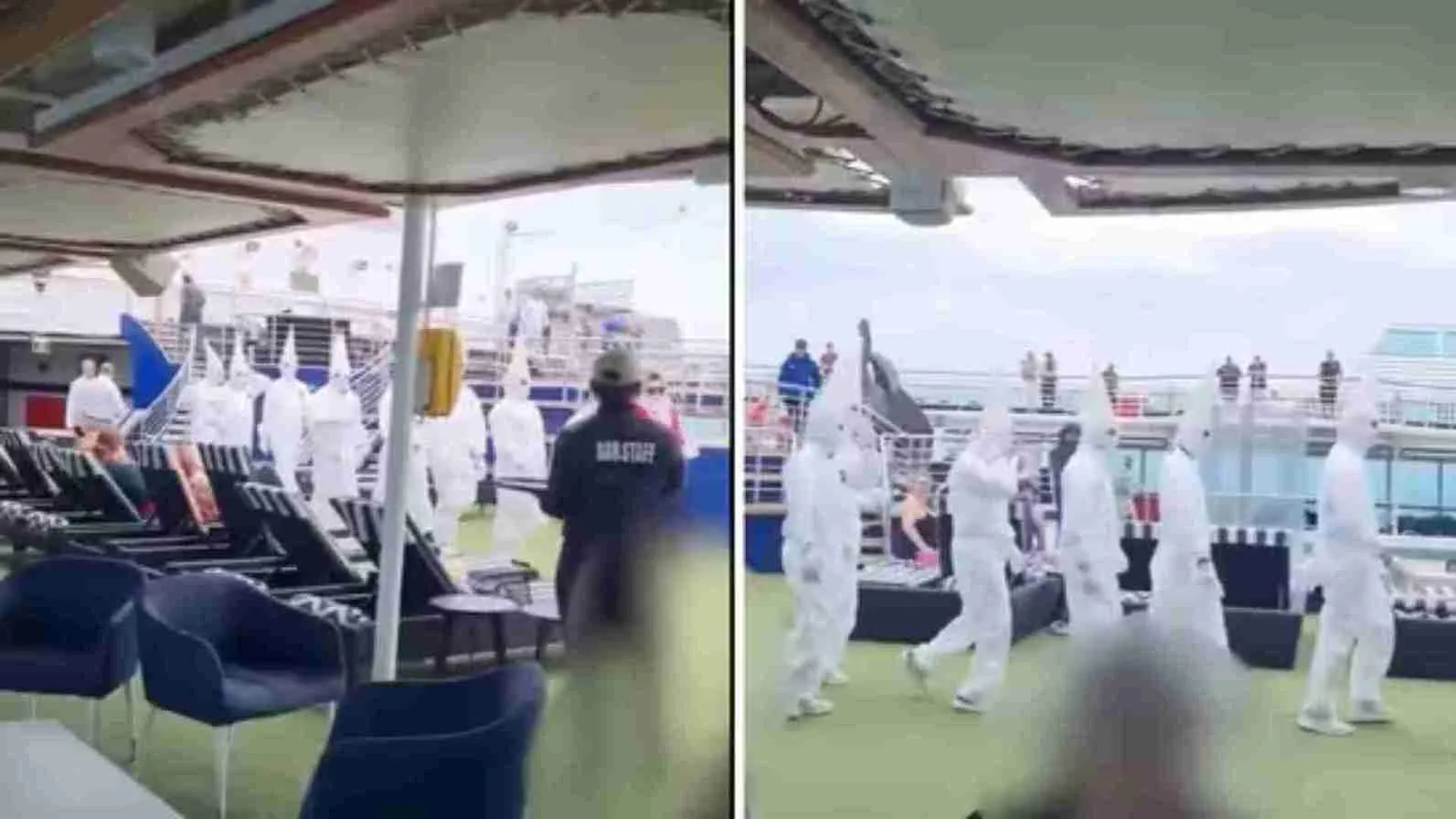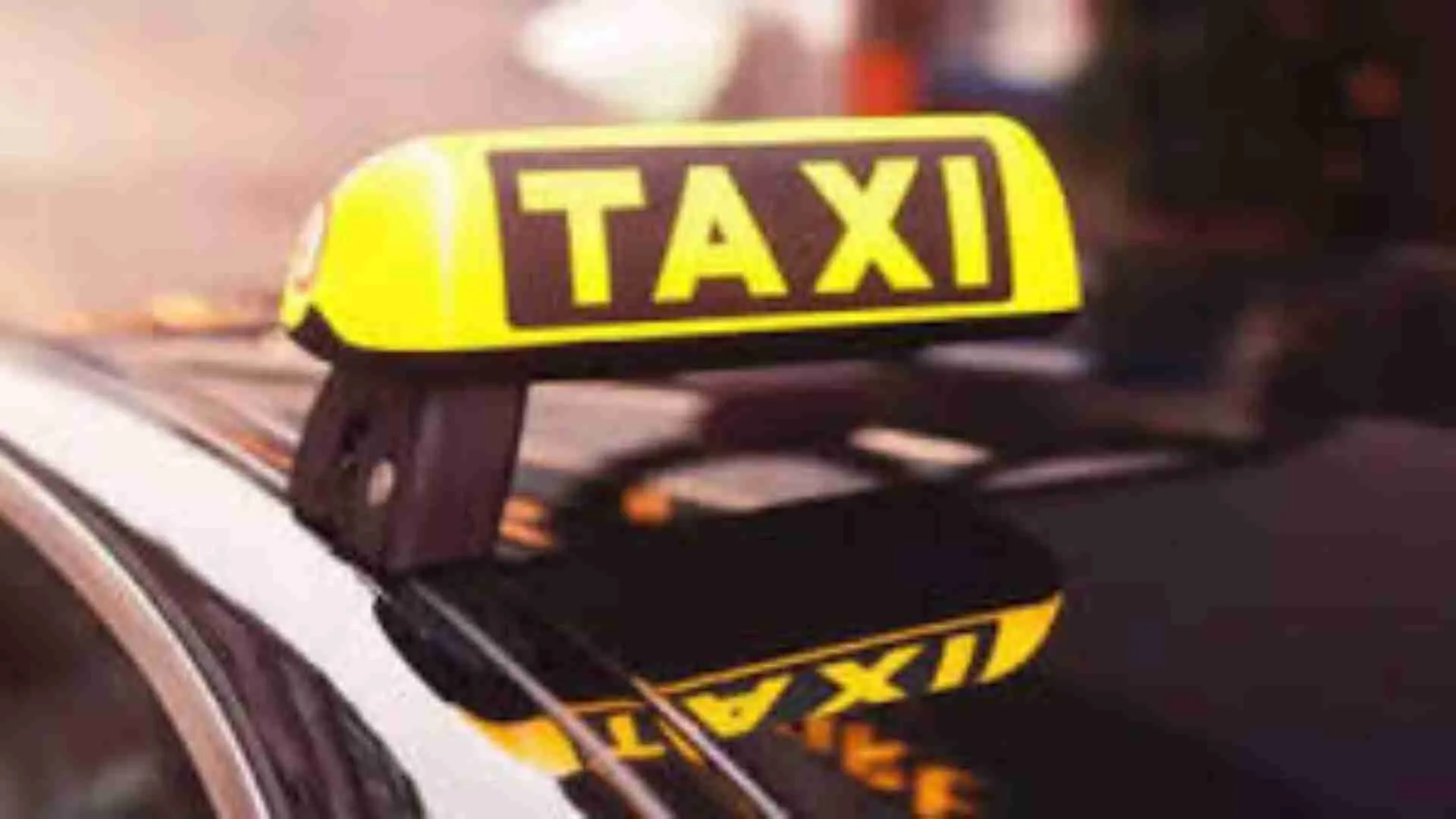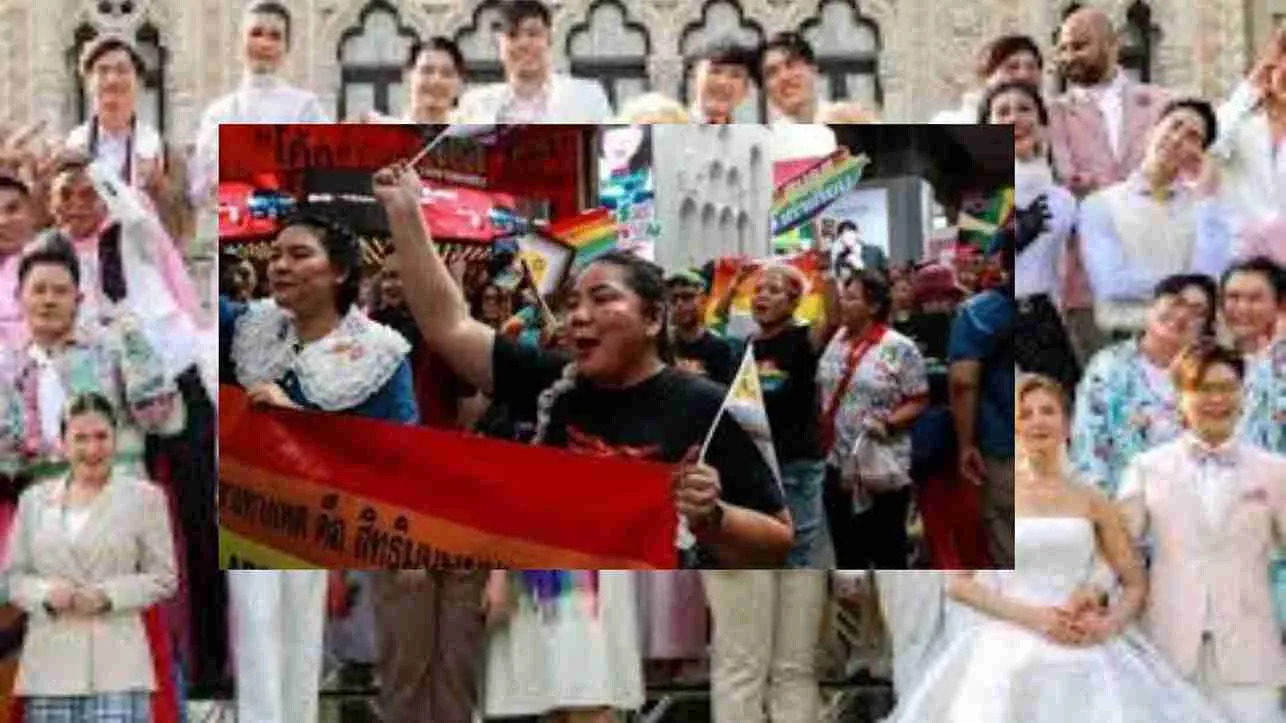Being a first generation musician of south Indian Classical Music hailing from Delhi, Delhi R Sridhar has not only established himself as an able violinist but also strives hard to propagate the nuances of South Indian Music in the North, East, West and North eastern parts of the country through his enthralling performances. In a candid conversation he gives insights about his journey in Classical music. Excerpts:
Q. You are the first generation musician in your family. What influenced you to take up music? Is it by choice or by accident?
A. Well I must confess that it was by mere accident. Since both my parents were working, they in a way wanted to keep us (my younger brother and me) engaged in one way or the other. Among other activities like Taekwondo, swimming we were also made to learn Music. It was rather an unfulfilled desire of my mother which she tried to see through us. Initially I was not so keen to learn music but gradually I developed a great passion. Taking part in the school orchestra and winning prizes in the Music competitions became the stepping stones that now I cannot dream of a life without Music. I can sum up by saying music has become an integral part of me. Music is indeed my life and breath.
Q. How do you perceive your musical journey thus far?
A. I started learning the art of violin playing at the age of 5 under the tutelage of Guru Shri V.S.K Chakrapani – Staff Artist of AIR(Delhi). My Guru is a strict disciplinarian and a hard task master. My initial years were tough and challenging, I even thought of dropping out. My mother used to incentivize me with a packet of popcorn and some candies on my way back home and also encouraged and motivated me to live up the challenge by working hard and through sustained practice (Riyaz). Slowly and steadily I developed interest and passion for music. My interest in music knew no bounds that I even went for advanced training under the tutelage of the great Guru Smt. Akhila Krishnan. I owe all my accomplishments and success to my Gurus without whose unstinted support and blessings I would not have been able to make it thus far.
Q. Have you adapted any particular trait /style in your rendition, the influence of which reflects in your music?
A. Carnatic music per se has a rich and varied heritage. The great legendary Musicians of yester years and veterans have left their indelible mark. I am a vivid listener of good and great music. Besides my gurus, it is a treat to watch and enjoy the nuances, intricacies, tonal qualities, bowing techniques, melody and the ease with which the music flows from such a small instrument – the violin by the violin trio the great Prof. T.N. Krishnan, Lalgudi Shri G. Jayaraman and Shri M.S. Gopalakrishnan. I try to imbibe the special traits of my gurus as well as the violin trio and try to innovate and develop a style of my own with a blend of resonance and range strictly following the Gayaki Ang.
Q. What are the challenges faced by a Carnatic musician in Delhi which is predominantly a hub of Hindustani music?
A. Well, yes it is indeed a great challenge for a Carnatic musician to get opportunities to perform in Delhi. It’s all the more difficult down South because they have homegrown talents in abundance. It is indeed a tight rope walk for the Carnatic musicians in Delhi which is predominantly a hub for Hindustani musicians. Delhi Govt and other important organisations that promote music may also try to create awareness amongst the music lovers and promoters as many a time it is said that there is no demand for Carnatic music hence no opportunity extended which is indeed a sad state of affair.
Q. Can you share some memorable moments in your musical journey?
A. Of course, the list is too long, but I would definitely like to share a few of them. To begin with, the year 1999 was a spectacular year for me for two reasons the first one being that the Junior Scholarship instituted by CCRT, Ministry of Culture came my way – the first ever milestone in my musical career, the other one being my debut performance (Arangetram) with Former President of India Shri R Venkatraman and Music Critics Shri P.V. Subramaniam (Subbudu) and Shri M.G. Swaminathan amongst others in the audience. I gave my first international solo performance in Italy at the age of 23 under the aegis of ICCR where I was given a standing ovation. I was overwhelmed to accompany the legendary Vocalist Padma Vibhushan Dr. M. Balamurali Krishna Sir on Violin in the August presence of then Hon’ble President of India Shri Pranab Mukherjee. The first ever Carnatic Violinist of Delhi to be awarded the Bismillah Khan Yuva Puraskar by the National Sangeet Natak Academy
Q. How do you wish to contribute to the society for the cause of music?
A. As I had already stated regarding the challenges faced by the Carnatic musicians in Delhi, I try to create an ecosystem wherein the children aspiring to learn music are imparted training in the field of music (Vocal and Violin). Efforts are also made to organize cultural events with a twin objective (1) to provide a platform to the aspiring musicians and also (2) to present Veterans in the field so as to inculcate the habit of listening to good music in the younger generation and also to adapt the skill set for concert performance.
To hone their skills further workshops/lec-dems/voice culture therapies are organised for the benefit of aspiring musicians with a view to shape their career as complete musicians/artistes. Academically, the history of Carnatic Violin, different styles/schools(Bani) and its impact and contribution is being
documented.
Suman Doonga is an educationist and social worker with a passion to preserve and promote Indian art and culture.

